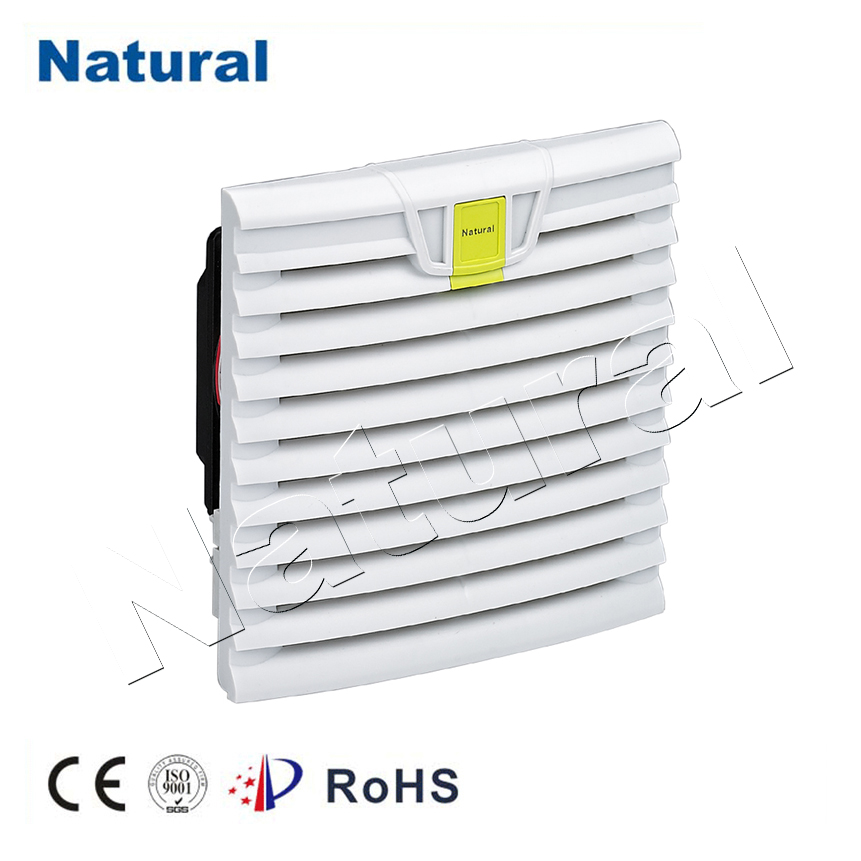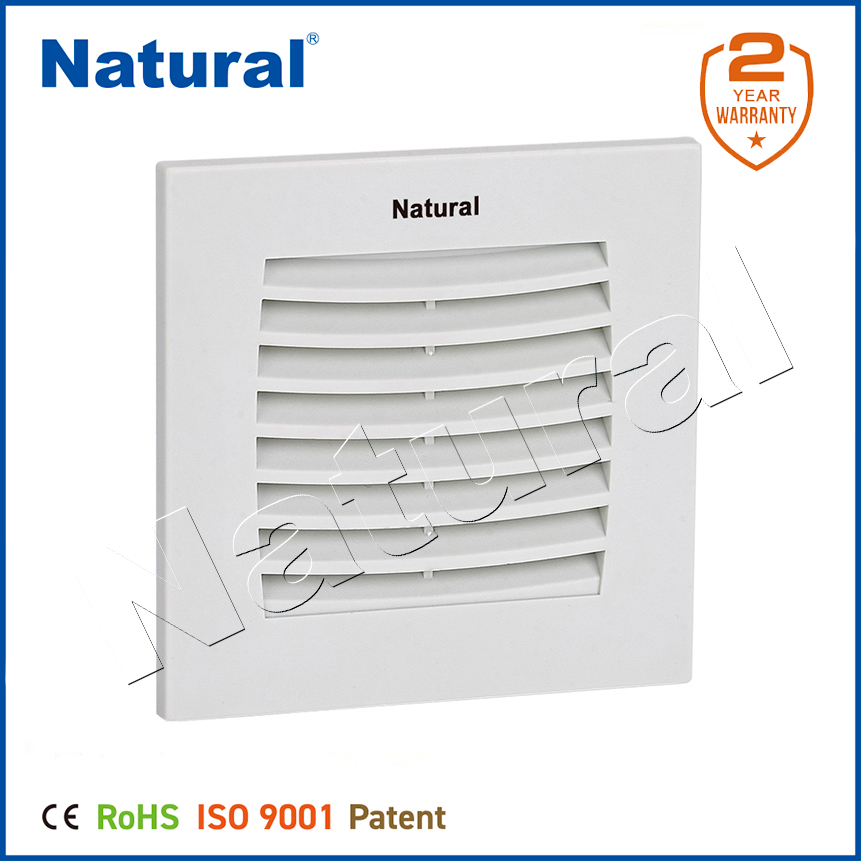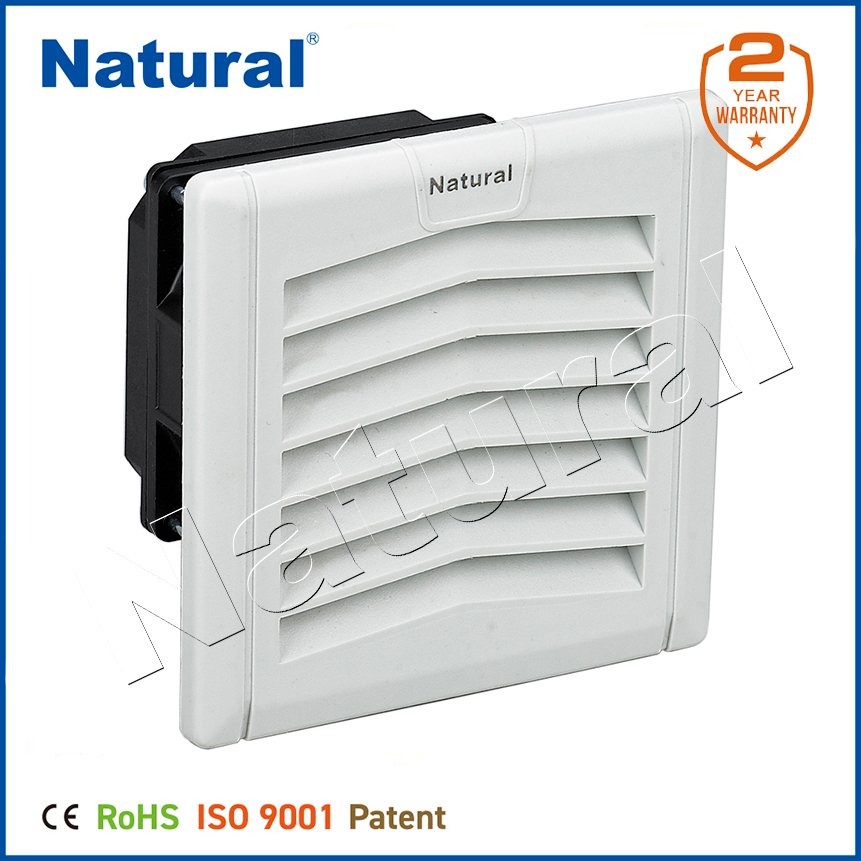In today’s world, where urbanization and industrialization are on the rise, maintaining indoor air quality has become more critical than ever. One of the most effective tools for achieving this is the air filter fan. These devices not only circulate air but also filter out pollutants, allergens, and odors, creating a healthier living environment. This article will explore the importance, functionality, and benefits of air filter fans.

Understanding Air Filter Fans

An air filter fan combines two essential functions: ventilation and filtration. It consists of a fan mechanism that draws in air from the surrounding environment and passes it through a filter. The filter traps harmful particles such as dust, pollen, pet dander, smoke, and other contaminants before the purified air is released back into the room. This dual functionality makes air filter fans particularly valuable in spaces where air quality is compromised. How Air Filter Fans Work The operation of an air filter fan is relatively straightforward. When the fan is turned on, it creates a negative pressure that pulls air from the room into the unit. As the air passes through the filter, particulates are trapped, while clean air is expelled back into the space. Most air filter fans utilize HEPA (High-Efficiency Particulate Air) filters, known for their ability to capture at least 99.97% of particles that are 0.3 microns or larger. This includes a wide range of allergens, dust, and other pollutants.
